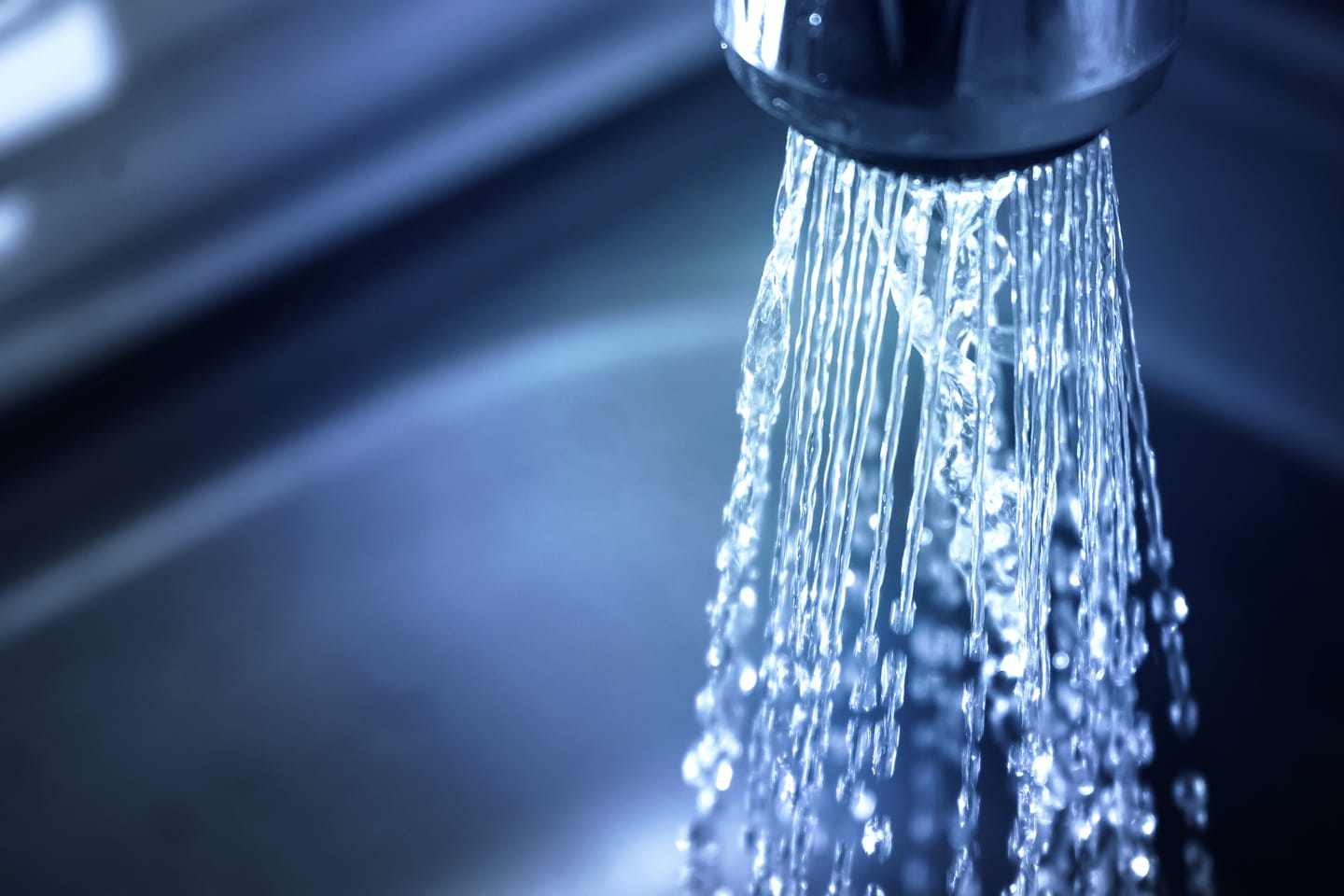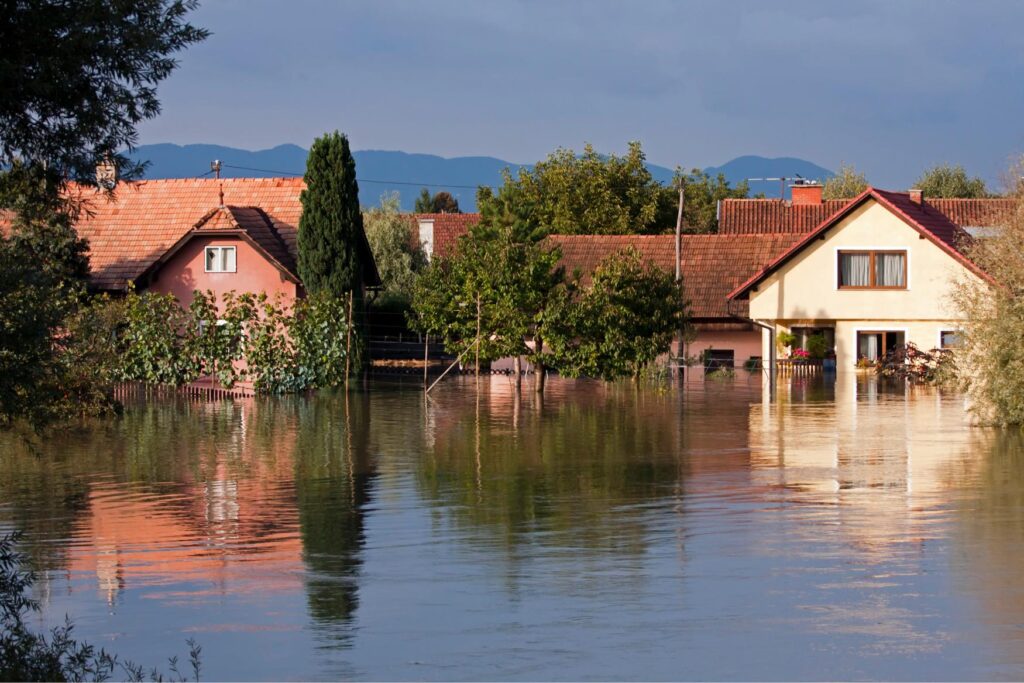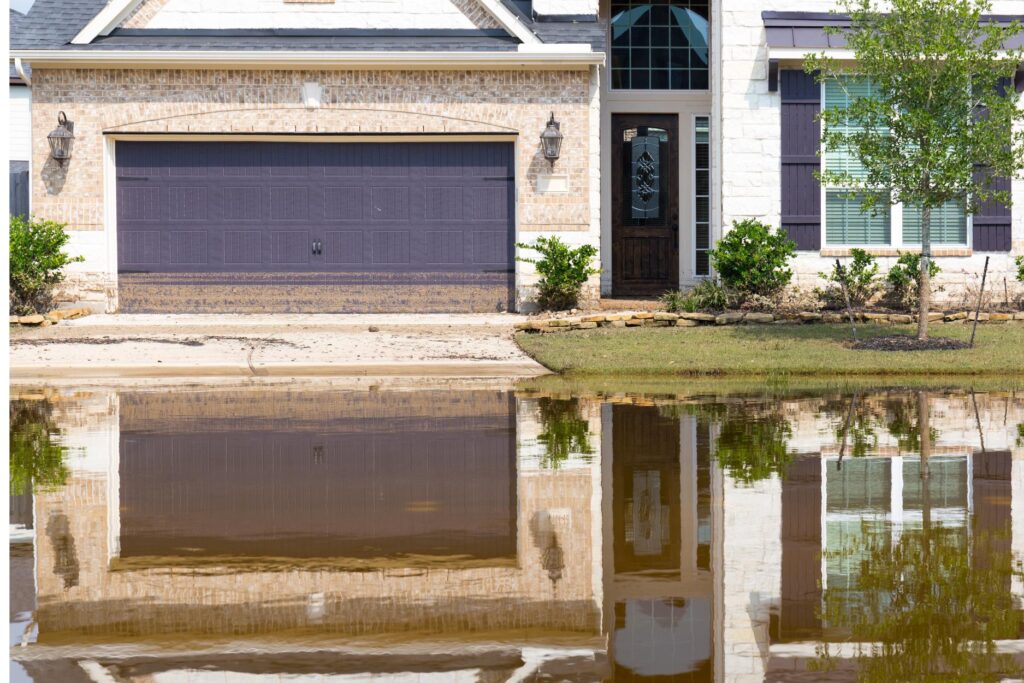Contents
Water Distribution
How water is brought into your home and distributed throughout the house.
The main water supply line
First off, let’s start with the main water supply line.
This is the pipe that brings fresh water into your home from the municipal water supply. It is typically located in the front of the house, near the street. From there, the water is distributed throughout the house using a network of pipes.
These pipes can be made from a variety of materials, such as copper, plastic, or steel. The pipes that bring fresh water to your fixtures and appliances are typically located within the walls, while the pipes that carry away wastewater are usually located under the floors or in the basement.
The main shut-off valve
Now, what happens if there is a problem with the plumbing system and you need to shut off the water supply? That’s where the main shut-off valve comes in. This valve is located near the water meter and is used to stop the flow of water into the home. It’s important to know where the main shut-off valve is located so you can quickly turn off the water in the event of an emergency.
In addition to the main shut-off valve, there may also be smaller shut-off valves located near individual fixtures and appliances, such as sinks, toilets, and washing machines. These valves can be used to turn off the water supply to a specific area of the home without affecting the entire plumbing system.
Types of water lines/water pipes in your house
There are several types of pipes that can be used in a residential plumbing system, each with its own advantages and disadvantages. Some common types of pipes used in residential plumbing include:
- Copper pipes: Copper pipes are widely used in residential plumbing because they are durable and resistant to corrosion. Copper pipes can last for decades with proper maintenance and are resistant to both hot and cold temperatures. However, they are more expensive than other types of pipes and require specialized tools for installation.
- Plastic pipes: Plastic pipes, such as PVC and PEX, are a popular choice for residential plumbing because they are lightweight, easy to install, and inexpensive. Plastic pipes are also resistant to corrosion and can withstand high water pressures. However, they are not as durable as copper pipes and can be prone to bursting in extremely cold temperatures.
- Steel pipes: Steel pipes are durable and resistant to corrosion, but they are prone to rusting over time. They are also more difficult to install than other types of pipes and can be expensive.
- Galvanized steel pipes: Galvanized steel pipes are coated with a layer of zinc to prevent rusting. They are durable and long-lasting, but they can be prone to corrosion at the joints and are not as commonly used in modern residential plumbing systems.
When selecting pipes for a residential plumbing system, it’s important to consider factors such as durability, resistance to corrosion, and cost. It may also be a good idea to consult with a professional plumber for advice on the best type of pipes for your home.
Summary
So there you have it – a quick overview of how water is distributed throughout a home, the role of the main shut-off valve, and the type of water pipes you’re likely to encounter. Knowing the ins and outs of your home’s plumbing system is essential for any homeowner, so be sure to familiarize yourself with these basics.




